A summary of the key points of breeding Diaozhumei. Learn how to no longer be afraid of not being ab
Last Update :2024.05.24
Article Catalog
3. Problem diagnosis and treatment
Temperature: It can grow above 14 degrees. In winter, it should not be lower than 8 degrees. Watering: Watering needs to be sufficient during the growth period, otherwise the leaves will dry out easily. Light: There should not be too strong light, it is best to place it in a semi-shade place. Flower soil: It needs to be nutritious and loose. Repot: Repot every two to three years. Propagation method: The cutting method is mainly used, which is carried out from March to May.
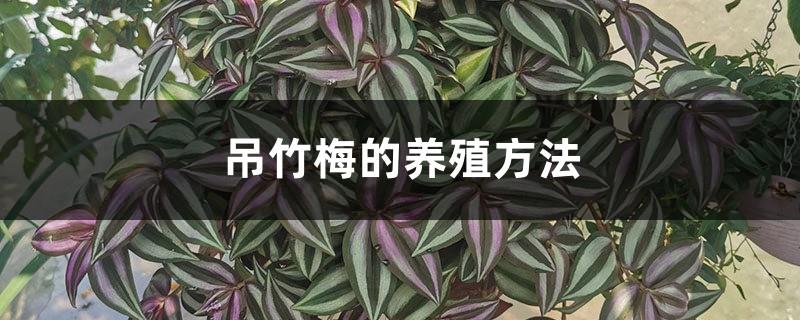 1. Maintenance methods
1. Maintenance methods
1. Maintenance methods
1. Temperature: Diaozhumei likes warmth. Specifically, as long as it is above fourteen degrees, it can grow normally. In winter, it needs to be protected from cold, and the temperature should not be lower than 8 degrees. This is safer and allows it to survive the winter safely. In summer, the temperature is best not to be too high, otherwise the leaves will dry out.
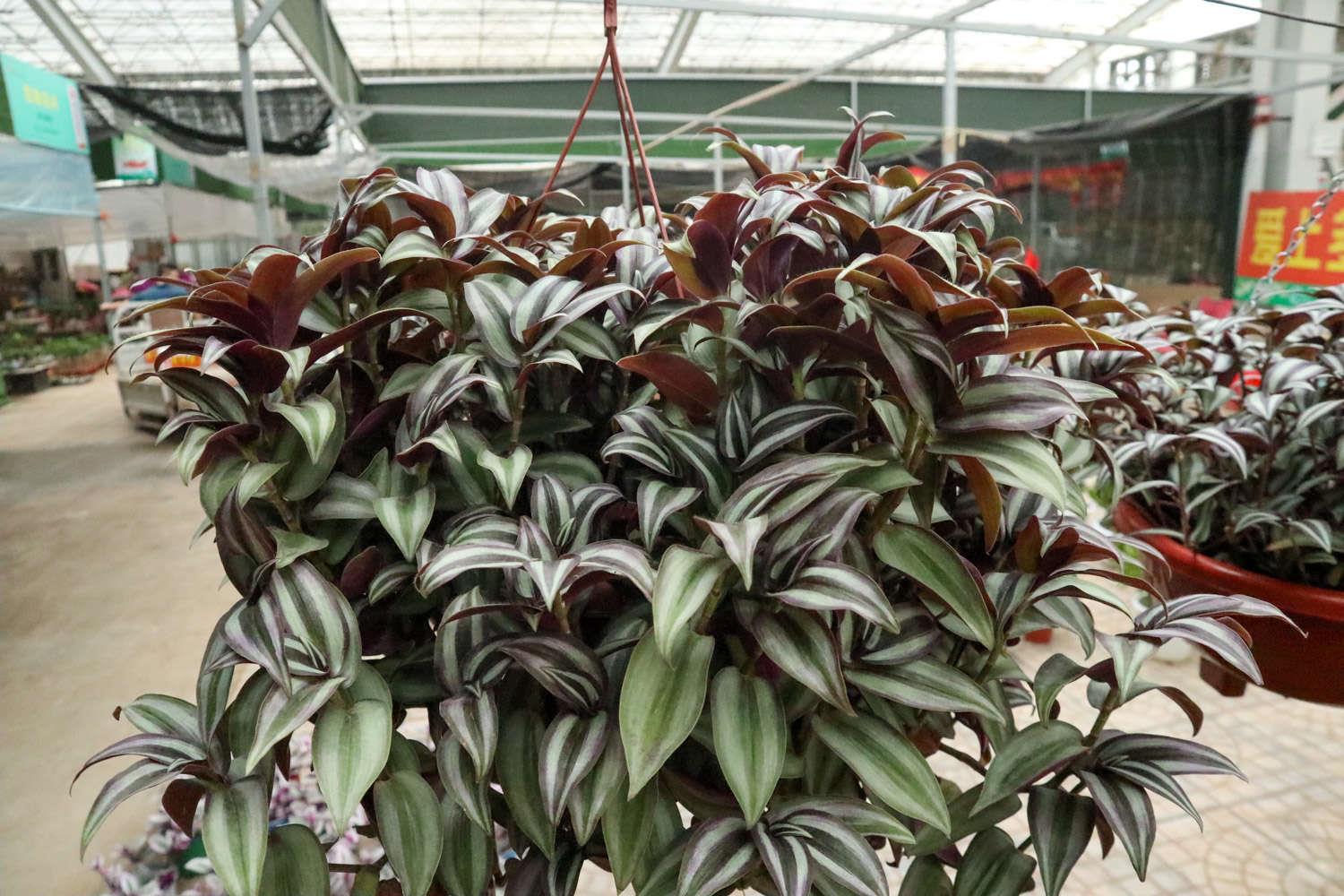
2. Watering: Hanging Bamboo Plum Likes moisture. It is not drought tolerant but has good waterlogging tolerance. Therefore, adequate watering is required during the growth period and the pot soil must be kept moist at all times. If it's too dry, the leaves will wilt. In winter, you can't skip watering completely and keep the pot soil slightly moist.
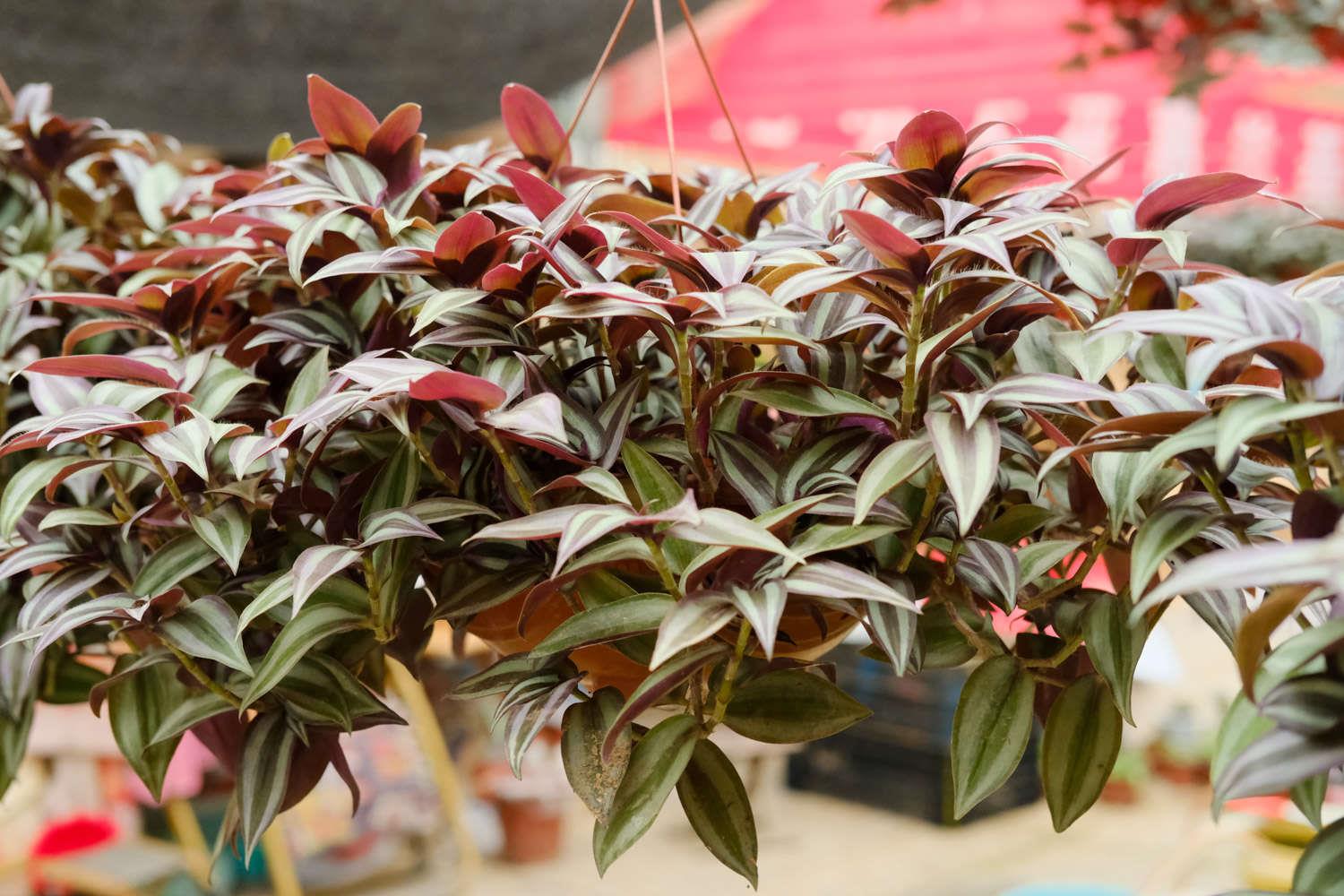
3. Light: Plants are afraid of strong light , but not completely without light. Therefore, it can be placed in a semi-shady position. When encountering strong light in summer, you need to shade it in time, or place it directly in a cool, ventilated place.

4. Flower soil: its pH The requirements are not too high. The main requirements are nutrition and breathability. Sandy loam soil is available.
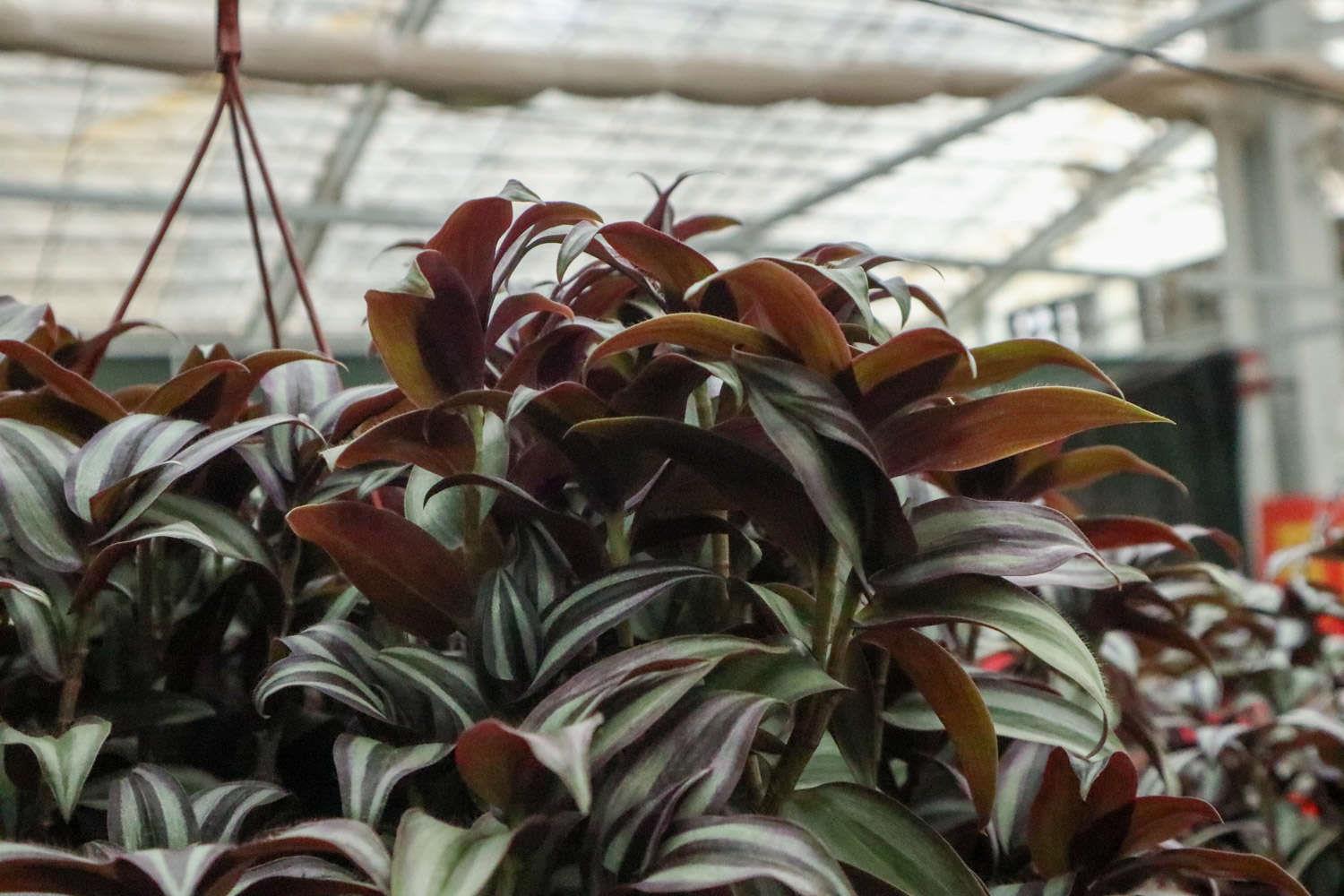
2. Breeding skills
1. Changing pots: Because plants require relatively high air permeability of flower soil, and flower soil tends to clump after a period of time, it is very important to change pots regularly. Generally speaking, it is replaced every two or three years, and the interval does not need to be too short. The soil can be loosened from time to time, and the pot needs to be changed when the clumping is very serious. Repotting can also be done at the same time as repairing the root system.
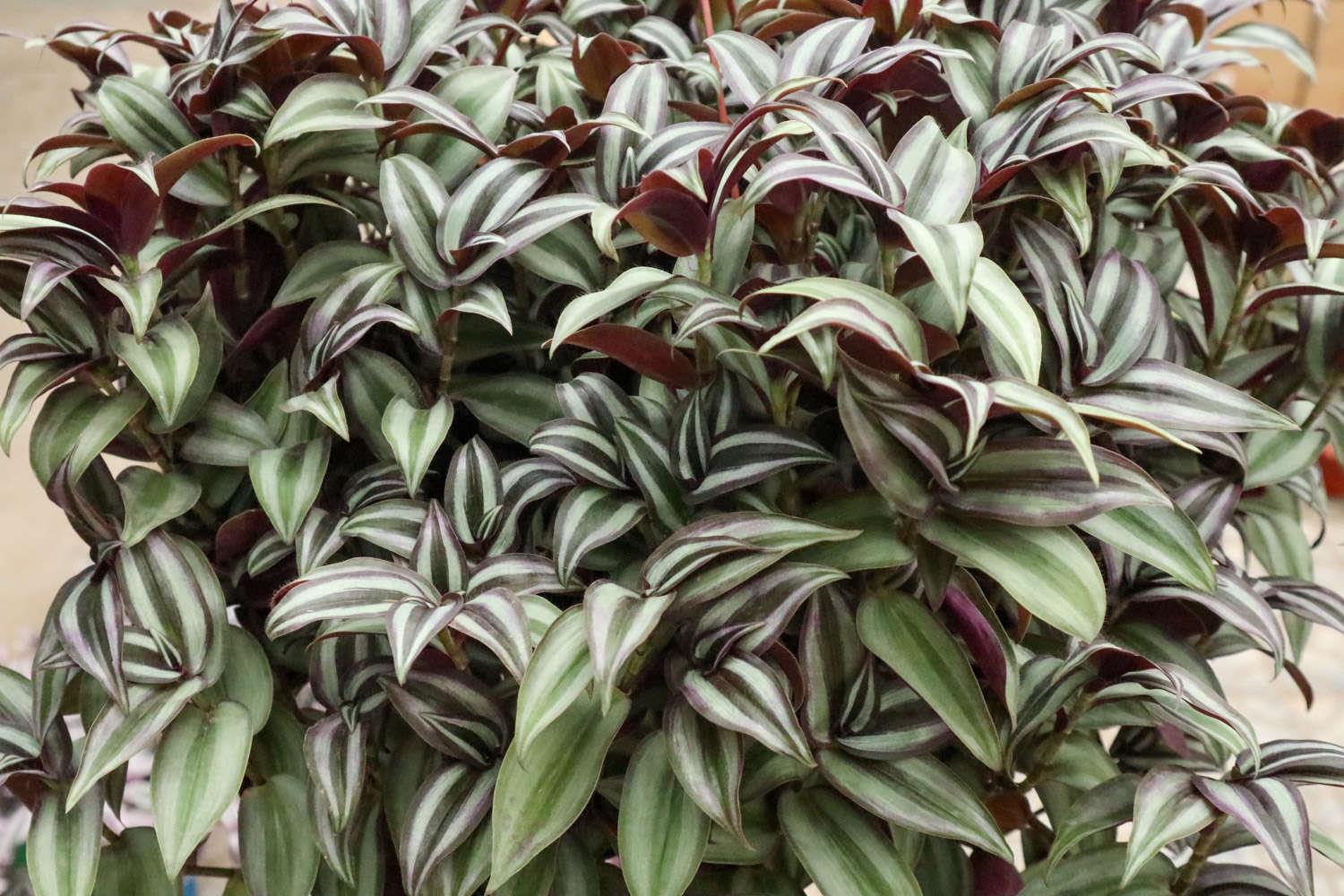
2. Reproduction: Mainly used Cutting method. It is better to do it from March to May. Choose strong branches as cuttings and cut them to seven to ten centimeters. Cut off some of the lower leaves. Prepare a good quality substrate and then take the cuttings. Ensure the temperature is between 18 and 25 degrees.

3. Problem Diagnosis and Treatment
1. Disease: The main disease is "gray mold", which is more likely to occur at high temperatures and can be treated with timely medication. Generally speaking, it can be treated with two doses of medication. Ventilation also needs to be strengthened.

2. Pests: Compared with diseases It is said that pest infestations are rare, but they do occur sometimes. For example, aphids will also appear, and they need to be eliminated in time before the number expands.

IV. Other questions
1. Toxicity: It is not toxic. Neither it itself nor the gas it emits is toxic.

2. Can it be placed at home? It can be kept at home. In fact, it is a small potted plant that can be grown at home. Moreover, it is also highly ornamental, so it is very suitable to be placed at home.

2. Breeding skills
3. Problem diagnosis and treatment
4. Other issues
- END -
How to grow large-leaf gardenia and precautions

Soil: Loose and fertile soil should be used for planting. Light: Likes light, but ...
Can Daphne be kept indoors?

Daphne flower itself has low requirements for sunlight. Low light is sufficient fo...